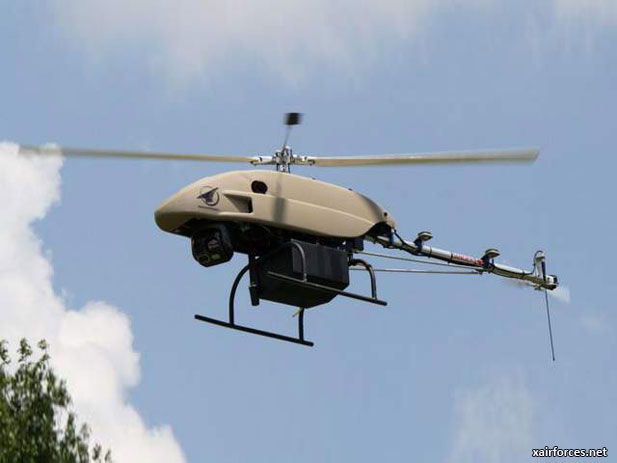
Anticipating UAV boom, states vie to host test sites

Last summer the state of Oklahoma took its economic aspirations overseas: It sent a delegation to the Farnborough air show in the U.K. to pitch Oklahoma as the Silicon Valley of unmanned aerial vehicles.
Oklahoma is one of more then two dozen states hoping to cash in on a hoped-for UAV boom. As drones get integrated into U.S. airspace, the theory goes (for surveillance, cargo hauling, crop dusting and traffic control), along will come federal and industry cash streams. One study predicts spending on UAVs could reach $90 billion over the next 10 years.
Certainly K Street has seen an economic benefit from the UAV industry, which launched an effective lobbying campaign on Capitol Hill. Four hundred thousand dollars went to just one lobbying firm over the last two years, according to federal databases. Not without results: Congress ordered the Federal Aviation Administration to push forward on two fronts. First, the agency has to create six “test sites” for UAVs. The sites would let researchers experiment with technologies to help drones “sense and avoid” airliners and other aircraft. Without pilots onboard, that’s the key obstacle to safety.
The second congressional mandate is that the FAA is supposed to “fully integrate” unmanned drones into the U.S. airspace by September 2015. The agency estimates that within 20 years up to 30,000 unmanned planes or helicopters will be zipping through the U.S. air corridors.
Almost 30 states are scrambling now to prepare for the coming UAV boom. Many want to be selected for the test sites and a chance at the federal money that will come along.
Stephen McKeever, Oklahoma’s secretary of science and technology, said the state organized an elaborate package of airspace to use for a test site, but is waiting for the FAA to make its move.
“We are sort of stuck in limbo,” he said, “because we don’t know what the FAA will be asking for and therefore we don’t know what assets to line up.”
States have adopted the “build it and they will come” model of federal procurement.
Take Ohio. In August the state announced it was establishing the Ohio Unmanned Aircraft Systems Center and Test Complex. James Leftwich, the state’s special adviser for UAS initiatives, said the state is partnering with Indiana for the effort, and he pointed out that Ohio is already home to research centers at Wright-Patterson Air Force Base and elsewhere.
Alaska, Utah, Maryland, Virginia, Texas, North Dakota, Arizona and Florida are some of the states trying to get a piece of the drone business.
“Just mentioning the word UAS brings at least 28 states to attention,” said Charles Huettner executive director of the Aerospace States Association. His group recently sent a letter to the FAA pushing for a decision. “Everyone wants some piece of the action,” he said.
Source: By ARAM ROSTON /defensenews.com - 22 October 2012
Photo: As unmanned aircraft become integrated into domestic airspace, the market for drones with commercial and public-safety applications, such as the Vanguard Defense Industries' ShadowHawk, is expected to see significant growth. (Photo by Vanguard Defense Industries)
(22.10.2012)
|